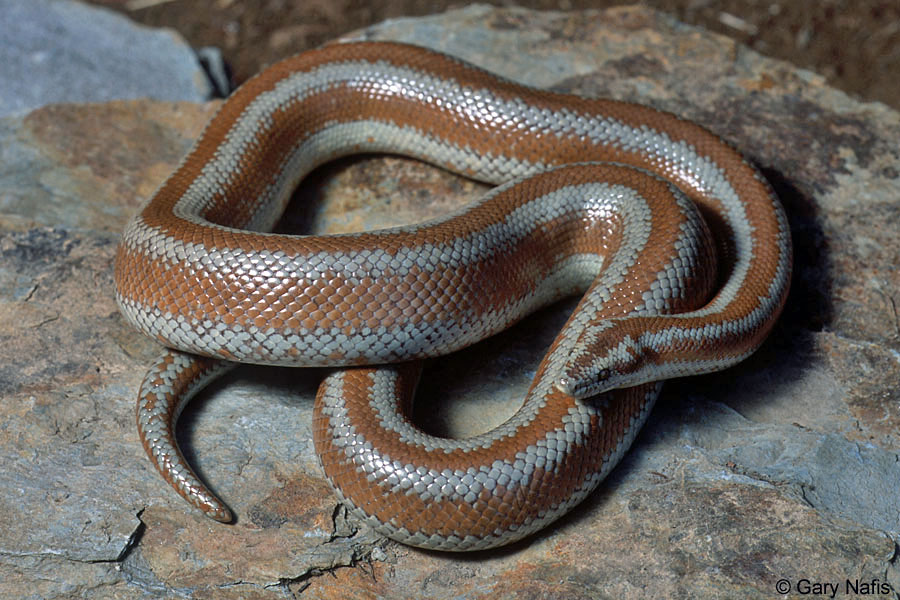
Difficulty: Beginner
- Size: Adults can be housed in a commercially available enclosure
- Low Humidity: This species does not do well in humid conditions
- Airflow: Ensure enclosure has adequate ventilation at all times
- Escape artist: Make sure these snakes are housed securely
Adult Size
- 2 to 4 feet (0.6 to 1.2 meters)
- Females tend to be on the larger end
Life Cycle
- Average Lifespan: 20-25 years
-
- Viviparous - Live Birth
Enclosure Size
- 36x18x12 inches minimum
Husbandry Values
- Temperature:
- Ambient: 77-80°F (25-26.6°C)
- Basking: 85-90°F (29.4-32.2°C)
- The basking area should never exceed 95°F (35°C)
- Humidity: Avoid high humidity (>55%)
- Mist lightly or provide a humid hide while in shed
- Lighting: No specific requirements
- UV Light can be beneficial
Diet
- Carnivore: Rodents
Behavior Notes
- Crepuscular/Nocturnal: This snake is most active around sunset and after dark
- Burrower: This snake may burrow and completely bury itself
- Ambush predator: This species hunts by surprising or stalking its prey
***These care sheets assume that you understand the basics of snake care & husbandry.
If you are a new snake owner, it is recommended that you read our articles on general reptile care and then fine tune the requirements for the specific species you are interested in.
Habitat
Rosy boas are found in the southwestern United States, the Baja peninsula and parts of Mexico. They are found in deserts and shrublands, and tend to shelter in rocky outcroppings. They spend much of the day sheltering in rocky crevices or burrows.
Feeding
This species is carnivorous and feeds on rodents. Feeding a rodent that is big around as the snake’s girth an average of once about every 7 days is a good rule of thumb to use here. Monitor the snake’s weight. As your snake reaches adulthood, you may feed less frequently to avoid obesity.
This snake is naturally nocturnal and will do well feeding at night.
References
- Rosy Boa, IUCN redlist https://www.iucnredlist.org/species/91864513/18977981
Photo Credit
- Banner- Athene cunicularia, creative commons. https://en.wikipedia.org/wiki/Rosy_boa#/media/File:Lichanura-trivirgata.jpg
- Article body- California Herps http://www.californiaherps.com/identification/snakesid/rosyboas.id.html
